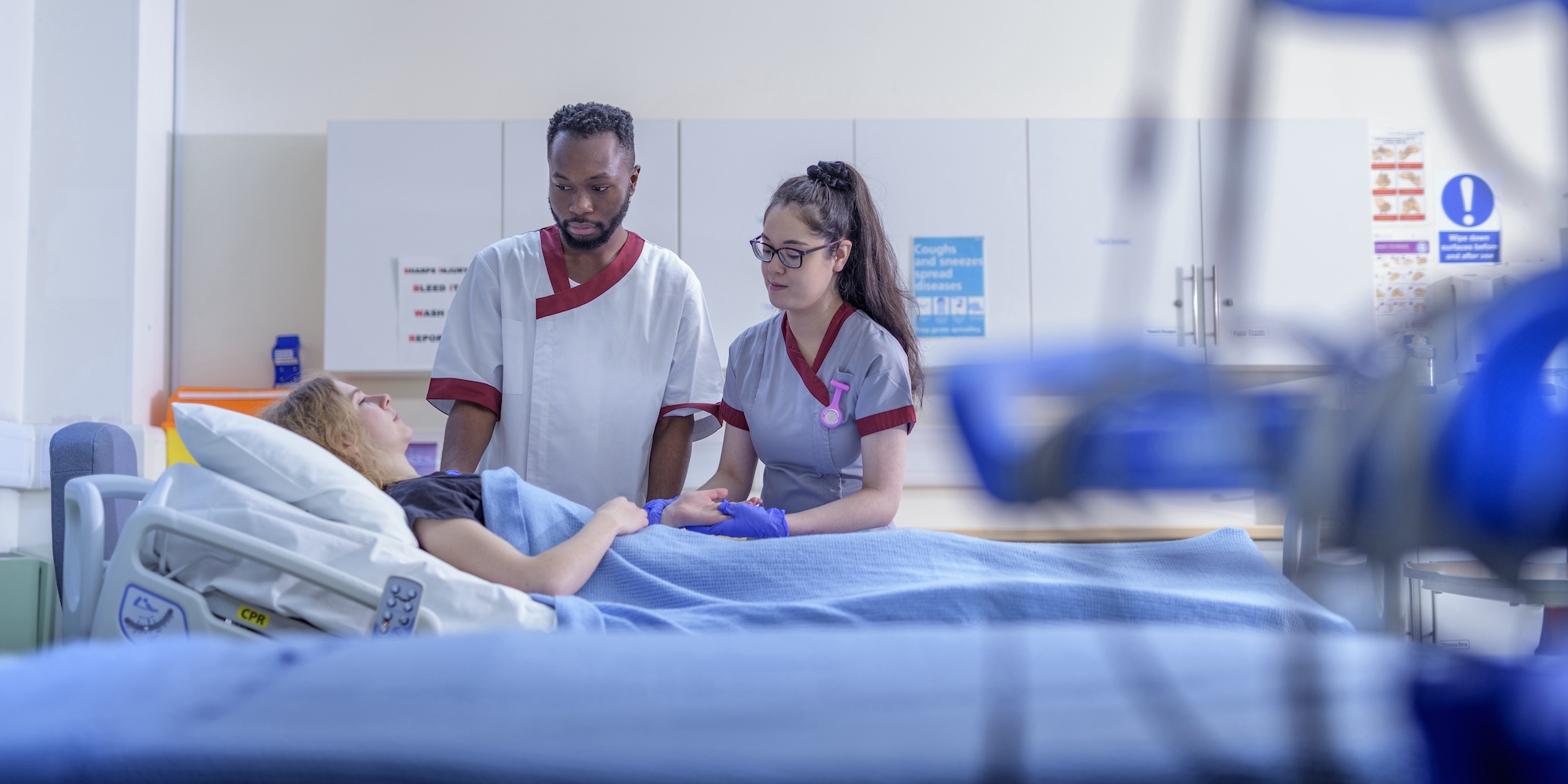
How lean thinking changed an automotive supplier in Brazil
INTERVIEW - Lean manufacturing principles, successful training programs and the involvement of management in daily continuous improvement are transforming Brazilian automotive supplier ZEN.
Interviewees: Eduardo Bertolini, Industrial Director; Fernando Fey Probst, Lean Manager
Planet Lean: Can you introduce ZEN to Planet Lean readers?
Eduardo Bertolini: We are a supplier to the automotive market, making engine components like starter drives, clutch pulleys, and alternators. We supply to several organizations across the world, and we even export to China (which is not common in Brazil).
Fernando Fey Probst: ZEN is a 52-year-old family business. The first lean attempts date back to 2006, whereas now we look at the methodology as part of our strategy. The organization is really benefitting from this approach, and we clearly see everybody involved in continuous improvement now, as opposed to just a small group of people as it was before.
PL: Would it be fair to say that you have moved away from tools towards a cultural transformation?
FFP: Yes. Learning the tools was critical, but we now realize that back then we didn’t have the support of the board, which we needed to sustain our results and to change our mindset.
EB: It was important to make lean part of our culture, and of our strategy. The biggest change in our approach came two years ago with the introduction of hoshin kanri. This translated into each department, each office, each cell being enabled to look at lean and follow its principles.
Of course, changing a culture is no walk in the park. And this was particularly true for ZEN, which in the past 15 years had moved from serving the aftermarket to supplying OEMs, with the related challenges (new quality requirements, a need to keep costs down, etc.). However, I must say that the new form of management helped in this respect.
PL: How has management behavior changed since lean was introduced?
FFP: We took several actions to change the daily habits of management. The most important was probably the daily production meetings, which last 30 minutes maximum and have proved fundamental in the identification of problems and the streamlining of the production process.
Eduardo participates in the meetings every day. He usually arrives in the last five-ten minutes to check on the situation and perhaps to address the “reds,” the most critical problems.
This was an entirely new practice for ZEN. There used to be a meeting before, but it took as much as an hour and a half and there was a lot of screaming and finger pointing. Very little was achieved.
With the new format came other changes on the shop floor, including the improvement of the help chain to facilitate the work of the production department in the face of a problem.
EB: I think that the important aspect of the daily meetings is that they allow us to understand people’s behaviors and thinking. The coaching sessions that follow the meetings are also fundamental – they help us to shape behaviors.
PL: Coaching is probably the most effective way to develop people. What else do you have in place in terms of training?
EB: Company-wide, we have three different training programs.
The first one is called Multiplying: an employee prepares a training session for his colleagues in a given deparment (maintenance, finance, etc.).
Another program is called Lean Agent, which is strictly linked with the work of the five-six people working in the Lean Office. Over the course of 90 days we train 90 people in the fundamentals of lean. At the end of the course, each person has to complete an A3 project on the shop floor (essentially solve a problem on the field). After the initial three months, I constantly follow up and coach people on their A3s. Every day I make sure I ring-fence some time in the morning and in the evening just to coach our Lean Agents.

The last form of training we offer is the so-called Click Program. Every day, either at lunch or at the end of the shift, we provide people with 20-minute videos and with webinars on the topics of leadership, lean, and innovation. The material is inspiring and often comes from prestigious universities. Participation is voluntary, but the program is working wonderfully. We have done often 4,000 hours worth of training, spending next to nothing!
Our aim with training is to reach everybody in organization: with 950 employees, we are looking at about 10 cycles.
FFP: Our approach to training is based on the idea that what we teach different people should be tailored to their needs. Supervisors, for example, will require more lean knowledge than Lean Agents, and it is our responsibility to provide that.
PL: What’s changed in the company from a process perspective?
FFP: Our work is divided in production cells: milling, assembly, quality, forging, and so on. For a long time, all these processes tent to be carried out separately. What we are now starting is an experiment with a new line to try out flow (which will connect all parts of the process, except for forging). We are adopting a value stream view, and things are starting to change quite dramatically.

A turning point for us was the introduction of boards in our pilot cells, to keep an eye on daily production targets and have clear visibility of what the action plan is. This is our way to bring accountability to the shop floor: if a machine stops for more than 30 minutes, the operator must tell the team leader why and explain what he or she is going to do to ensure the problem doesn’t repeat itself.
Fire fighting is still present at ZEN, but we are working hard to change that using the teachings of lean manufacturing.
PL: Can you share any figures on your improvements?
EB: Absolutely. I would say that the most significant improvements were the increase in sales per person (+24% in two years), the reduction of non-quality cost (-60%), and the improvement of customer satisfaction (from 70% to over 90% in a year). In August this year satisfaction closed at 100%!
PL: What is the plan for the future of lean at ZEN?
FFP: We are in the process of developing the ZEN Production System, to being consistency to the way we apply principles and use tools in different environments and to make sure we all speak with one voice. We are also trying to figure out a way to think lean from the very start of a project, instead of having to adjust at a later stage.
As part of our strategic plan for the future, we are also developing the next generation of leaders in our company. We need to make sure we have replacements available and ready for every type of professional working at ZEN.
EB: Our future will be built on our four fundamental lean manufacturing principles: the stability of the process, managing takt time, production pull, and flow. We are working hard to stabilize the process, trying to introduce everybody to continuous improvement principles through our training programs, and we have no doubt that in five years people visiting our gemba will be able to tell right away how lean ZEN is. This is how we plan to retain our competitiveness in the automotive market.
THE INTERVIEWEES


Read more


INTERVIEW – In a chat with our editor, Priya Lakhani explains how technology can be used to understand a student’s unique learning pathway and design teaching accordingly.


FEATURE – Lean has now been around for quite some time, and its impact on business world is hard to dispute. But what does it tell us about traditional management practices?


FEATURE – The third article in this new series discusses Theodo’s approach to talent recruitment and development, to ensure the right resources are there to support the company’s growth at all times.


FEATURE – Healthcare’s complexity demands simplification. By reducing variation, eliminating waste, and rethinking processes, leaders can improve performance, capacity, and safety while enhancing staff engagement and delivering unexpected positive outcomes.

